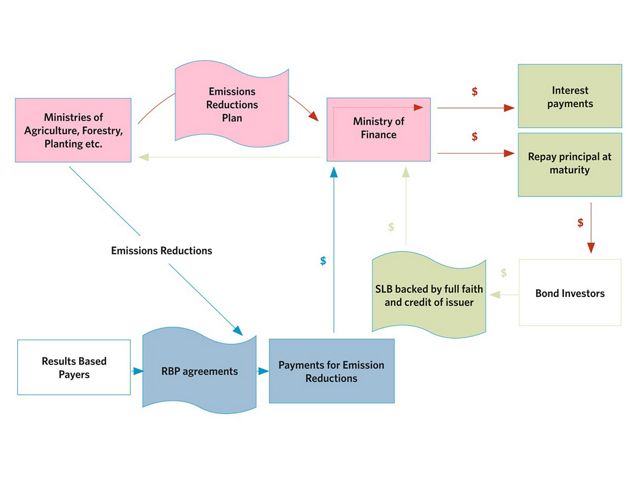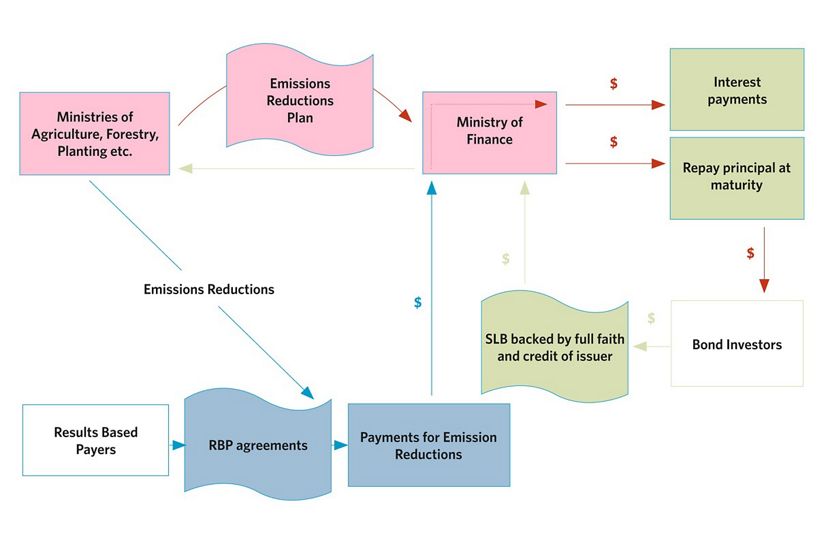When it comes to fighting climate change, cutting back on fossil fuels is not enough. It has become clear that without urgent changes to land management practices, particularly in tropical forest countries, we will simply not be able to attain the emissions reduction targets set out in the Paris Agreement and keep global temperature increases below 2°C.
The good news is that research shows there are changes in the way we manage land that can contribute 37 percent of the emissions reductions we need to help meet the Paris goals by 2030. And we now have a better understanding of the green technologies needed to achieve these reductions in land-based emissions today.
-

Download the Report
Sustainable Land Bonds: How governments can finance climate commitments and strengthen rural economies.
DOWNLOAD
The question remains, though, of how to finance such work. This is especially a challenge for many tropical forest countries that depend on continued growth of their rural economies and lack the resources to sustainably develop their land.
Sustainable land bonds offer one possibility. This report, produced in partnership with the Climate Bonds Initiative, shows how tropical forest countries can use sustainable land bonds to access the capital they need to transition to sustainable, low-carbon land-management systems.
By tapping into mainstream bond markets and matching those funds with results-based payment agreements for achieving emission targets, they can help deliver sustainable economies that meet the objectives laid out in the Paris Agreement and mitigate the impacts of a changing climate.
How Sustainable Land Bonds Work
Sustainable Land Bonds (SLBs) are long term fixed-rate bonds issued by a government (or government agency or development bank) and placed with investors in the mainstream international capital markets.

